Creating a Pollinator Garden
Many of North America’s pollinators, including over 4,000 species of native bees, are facing dramatic population declines due to habitat loss, pesticide exposure, and various parasites and pathogens. To help these valuable insects, gardeners across the continent are creating pollinator gardens designed to offer these creatures more of the resources they need to survive.
What is a Pollinator Garden?
Pollinator gardens are areas of the landscape dedicated specifically to supporting pollinators by providing them with nectar, pollen, and habitat. Plants are selected for either their pollinator-friendly flowers or their hollow stems, in which many small native bees take shelter and nest.
You don’t need a lot of space to create a habitat for pollinators. In fact, even just a small collection of pollinator-friendly plants attracts and encourages these important insects. But the more space you can dedicate to supporting pollinators, the better.
Pollinators are responsible for one in every four bites of food we consume, and we need to do everything we can to help them. Farmers and gardeners with pollinator plantings often see a noticeable increase in the pollination rates of their crops.
https://www.youtube.com/watch?v=yQucWhY3VCk
What Plants Are Best for Pollinators?
Though the best pollinator garden plants will vary slightly from region to region, native plants are a good place to start. There’s an ever-increasing number of studies taking place to compare native and introduced plants regarding their fitness for pollinators. Early results indicate that when it comes to supporting native pollinators, native plants are among the best choices.
Here’s a list of some excellent pollinator garden plants:
- Coreopsis
- New England asters
- New Jersey tea
- Penstemon
- Goldenrod
- Golden Alexanders
- Milkweed
- Ironweed
- Rudbeckia
- Mountain Mint
- Basswood
- Buttonbush
- Coneflower
- Cup plant
- Blanket flower
- Bee balm
- Hyssop
- Sunflowers
(For more plant choices suited to your specific region, visit The Xerces Society’s website: http://www.xerces.org/pollinator-conservation/plant-lists/)
Where to Place Your Pollinator Garden?
When it comes to creating a pollinator garden, location is key. A site that receives a minimum of six hours of full sun per day is ideal. Because many of our smaller native bees find it difficult to fly on windy days, try to select locations that are sheltered from high winds.
Vegetable growers should locate their pollinator garden plants inside the vegetable garden itself to encourage increased pollinator populations right where they’re needed the most. Interplant fruits and vegetables with pollinator-friendly flowers by tucking them in between crop rows and around the garden’s border.
Pollinator-friendly Containers
If you don’t have a lot of space to install a dedicated pollinator garden, consider growing pollinator garden plants in light-weight fabric containers. Not only do they lure in these insects, they also create a beautiful display of colors and textures. Plus, fabric containers are portable. They can be moved around to specific garden areas where increased pollinator numbers are desired. For example, moving a container filled with pollinator-friendly plants into the vegetable garden may help improve pollination for certain crops.
Do your part by creating a pollinator garden that’s both resource-rich and beautiful. It’s both exceedingly interesting and fun. Also, it’s personally very rewarding knowing you’re helping endangered pollinators.
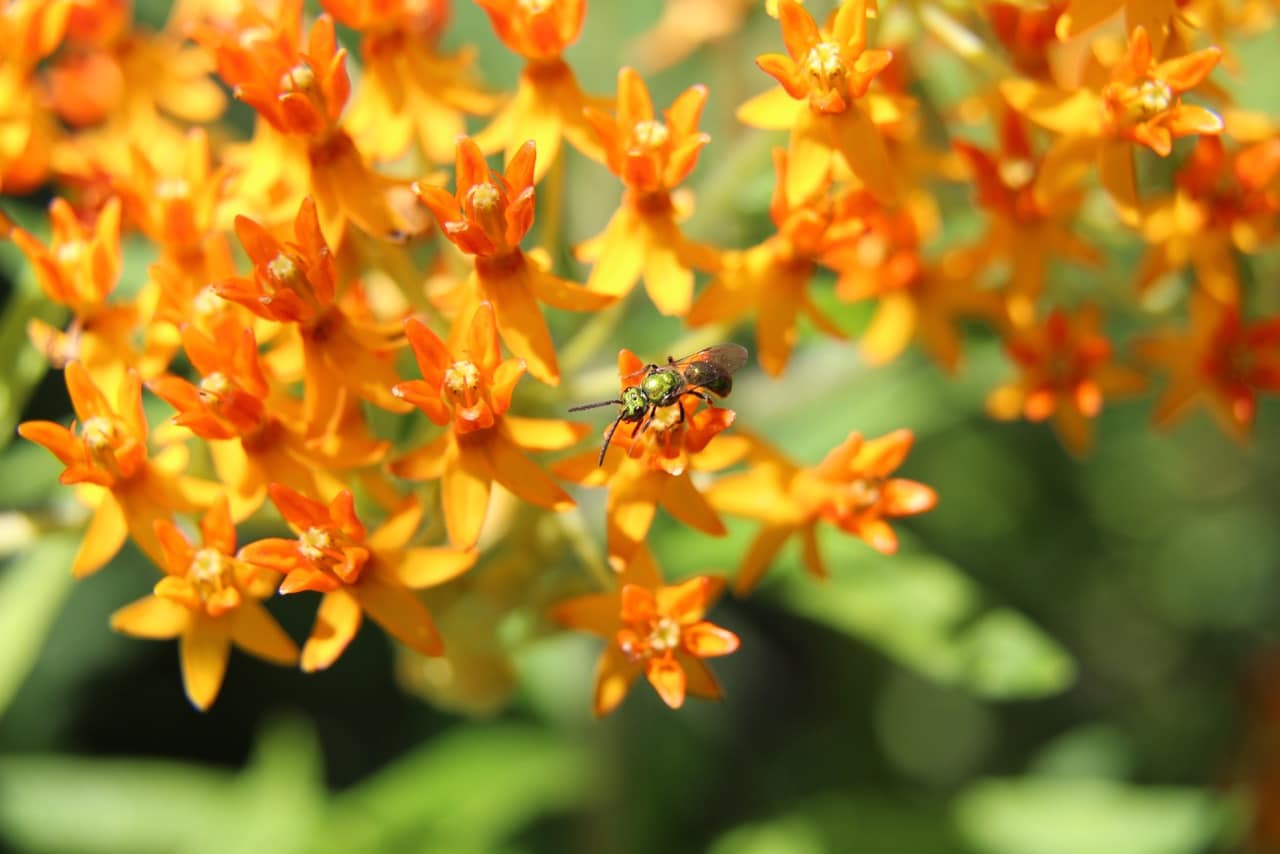
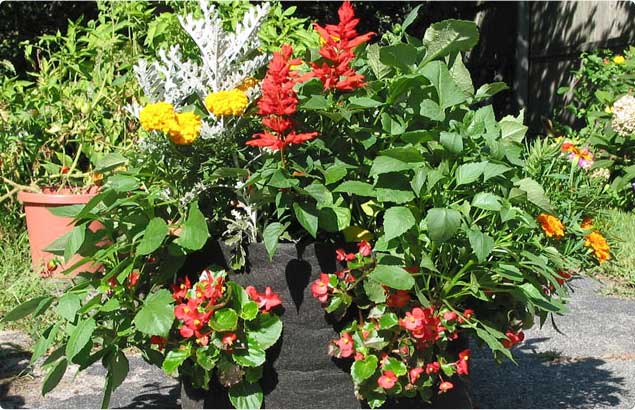
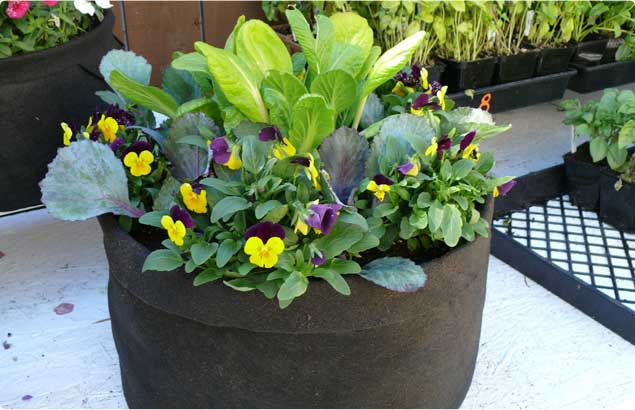
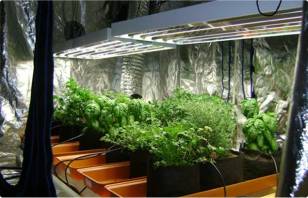
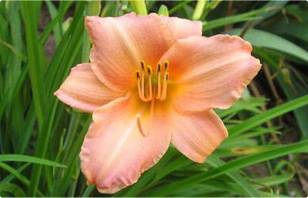
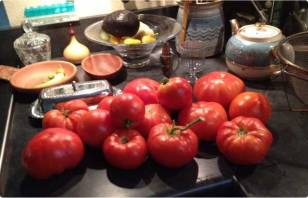
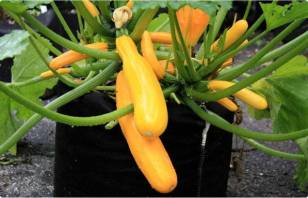
Going to do this next year definitely ! Too late for this year 🙁 at least here in the north . Love the idea of planting in containers , I have many fruit trees & berries that could benefit from this . We have to do all we can do to save our pollinators and this is a good start Thank you ! 🙂
You are welcome Suzanne! Update us on your progress next year!